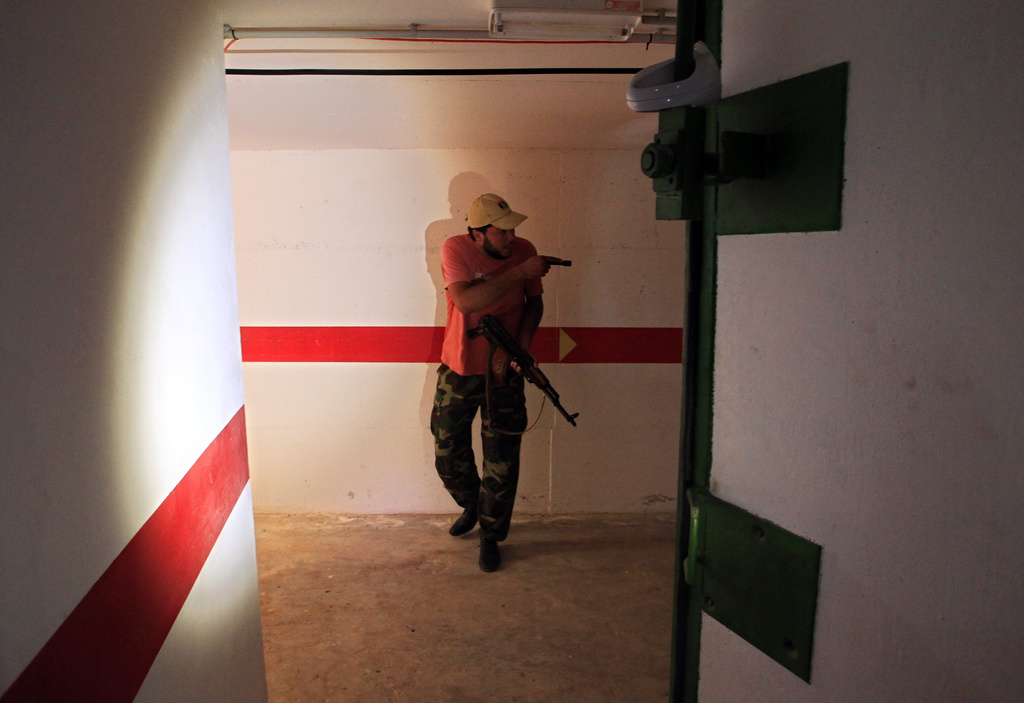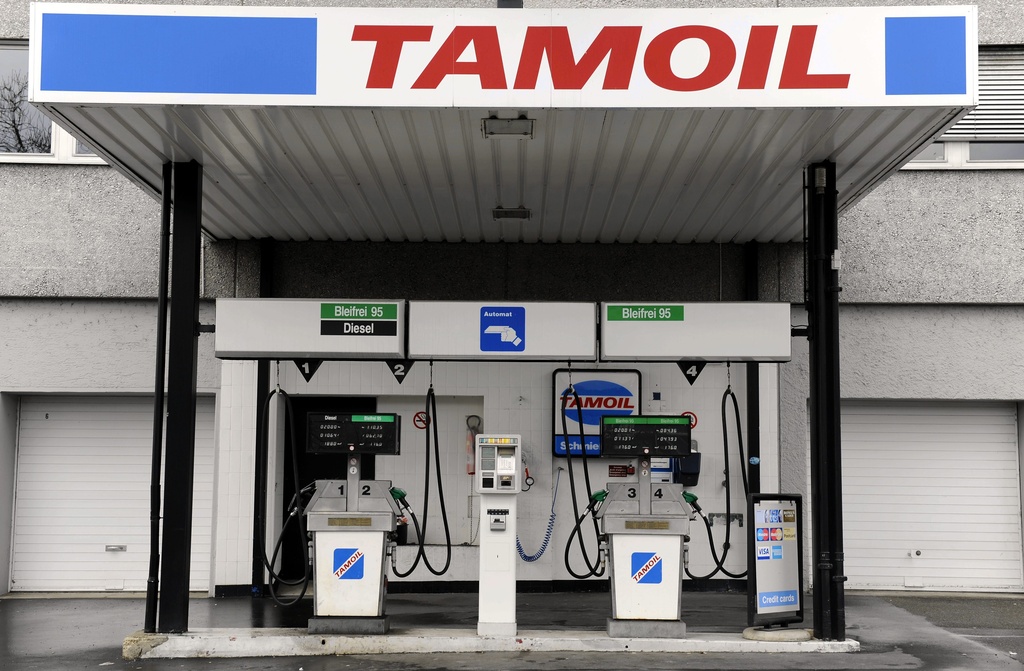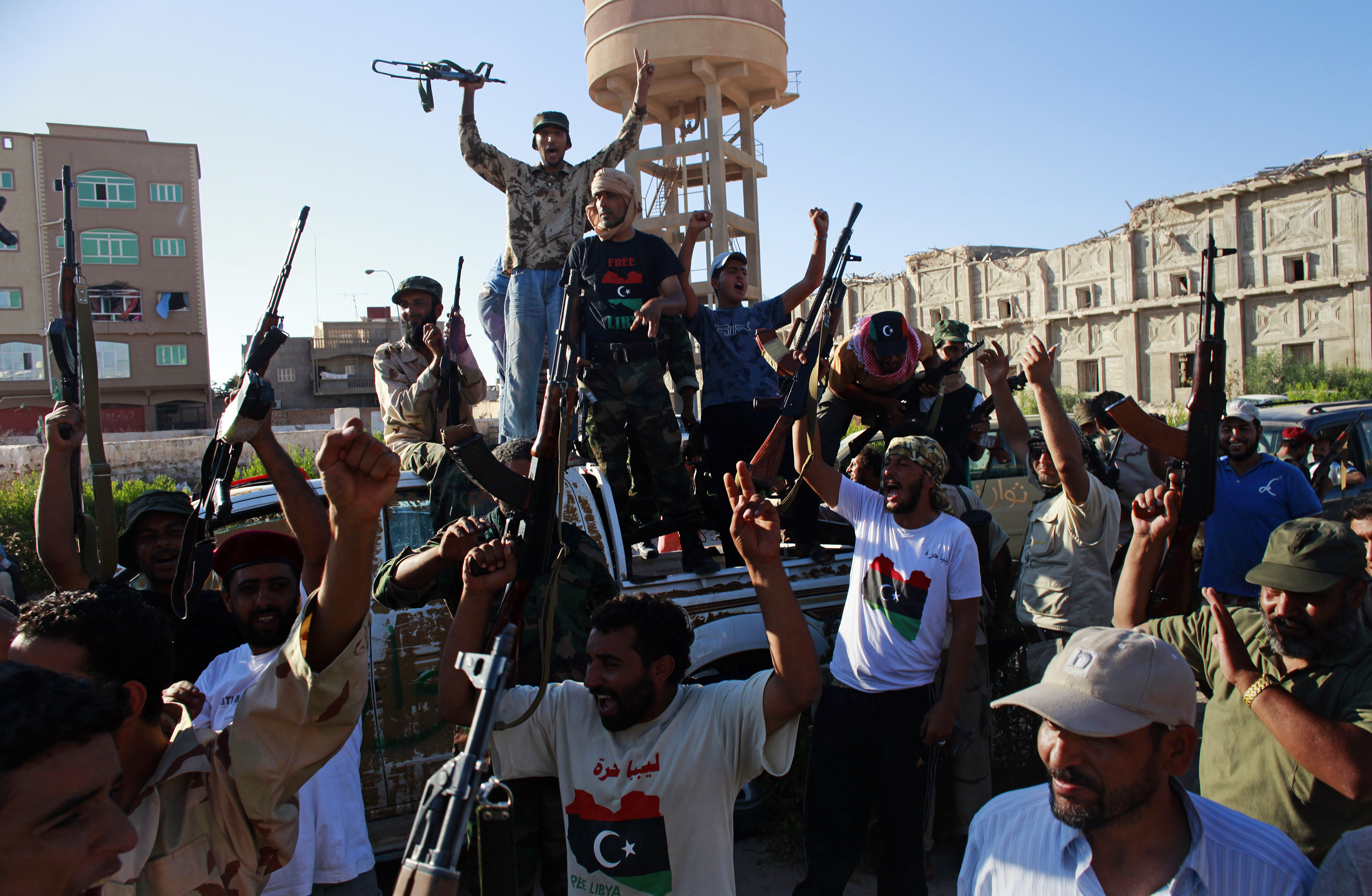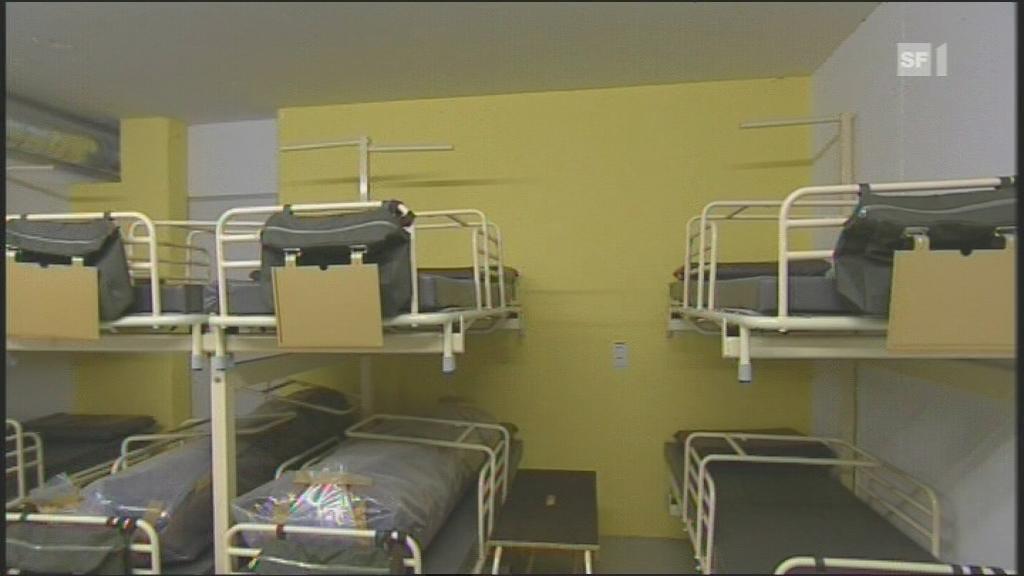Swiss parts helped build Libyan bunkers

It’s over 30 years since Swiss firms helped Libya build its underground bunker system, in which fugitive leader Moammar Gaddafi is thought to be holed up.
With his regime on the verge of collapse, Gaddafi is believed to be using safe houses and carefully planned networks of bunkers and tunnels to evade capture. Retired engineer Erich Buser says Swiss companies helped design the bunkers.
“According to my knowledge and research the bunker systems in Libya were built by Swiss and American companies and engineers in the 1970s and 1980s,” Buser, a former bunker expert at the Swiss Federal Institute of Technology, told swissinfo.ch by email.
This was confirmed in part by an al-Jazeera video tour of the bunker underneath Gaddafi’s holiday home in Al-Baïda in eastern Libya back in March, which showed air ventilation parts produced by Swiss firm Luwa Engineering.
Buser said the bunkers in Libya are similar to the numerous shelters for civilians built in Switzerland in the 1960-1980s.
Inside can be found water reserves and several weeks’ worth of food supplies. The bunkers would have a kitchen, dining and sleeping bunks, as well as communication gear. Emergency generators power ventilation and air conditioning, while air filter and pressure valves prevent contamination and excess pressure from nuclear and chemical weapons.
“The protection in such underground concrete bunkers against light artillery and infantry weapons is very good. But the shelters are completely useless against high-precision bombs and rockets,” he said.
“Not one of the bunkers in Iraq resisted the high-precision bombs dropped by the Americans. The high-precision weapons arsenal and systems of the Nato alliance [in Libya] are also highly efficient. Underground concrete bunkers cannot withstand them.”
“Rat”
Finding Gaddafi is seen as a key step in ending fighting in Libya and enabling the transition to a new leadership. His exact whereabouts are still not known and it is possible he is still in hiding in Tripoli although it is now controlled by opposition forces.
Nato warplanes bombed Gaddafi’s hometown of Sirte on Sunday as rebels closed in on his last major bastion of support. A Nato commander pledged to pursue the alliance’s mission, at least until its internal mandate expires on September 27.
Jamal Tunally, a rebel military commander in Misrata, told Reuters on Monday: “Now we just need to find Gaddafi. I think he is still hiding underneath Bab al-Aziziyah like a rat,” he said, referring to Gaddafi’s Tripoli compound that rebels overran on Tuesday.
If Gaddafi is hiding in a bunker, there is another tactic for him to worry about – water – according to Michael Riedo, CEO of Andair, a Swiss firm which acquired Luwa’s bunker components division in the 1990s.
Their bunkers are built to withstand both direct and nearby military strikes. “But even water is quite good, if you have a dam quite close by and can flood the area. Water will leak in somewhere,” he told swissinfo.ch.
“No Gaddafi on record”
Andair says if Libyan bunkers had parts from Luwa, it follows that a Swiss design firm was probably involved in the construction too. Where the bunkers are in Libya, the company doesn’t know.
Riedo says when Andair took over bunker component manufacturing from Luwa, they inherited the company’s raw materials, designs, licences and archives.
“But I am sure I cannot find a Mr Gaddafi in the records. And I am also sure I cannot find Libya in the records. It might be that it was sold through Italy or England or Egypt,” he said.
In the 1970s and 1980s Switzerland was a leading producer of bomb shelters. In Switzerland alone there is room for 6.7 million people in bunkers, he notes.
“I am sure in many countries we can find shelters which we cannot be proud of because they are used by a dictator, so they are used to store or build weapons of mass destruction somehow.
“But that always goes with [the territory] if you make a lot of components.”
Rebels appear to have secured the capital, Tripoli, after a week of fierce fighting in which they captured Gaddafi’s compound and then cleared loyalists in the neighborhood of Abu Salim.
With his 42-year-regime on the verge of collapse, Moammar Gaddafi has gone into hiding with a $2 million price on his head.
His wife and three of his children – his daughter Aisha and sons Hannibal and Mohamed – were reported on August 29 to have entered Algeria.
The Associated Press quoted Gaddafi’s spokesman, Moussa Ibrahim, on August 29 as saying Gaddafi was still in Libya and wanted to discuss forming a transitional government with the National Transitional Council (NTC).
Libyan rebel leaders asked Nato on August 29 to keep up pressure on elements of Gaddafi’s regime and to protect those struggling to restore electricity, food and water to Tripoli.
NTC head Mustafa Abdul-Jalil told Nato envoys in Qatar that they would still need logistical and military support after the fighting ends.
By August 29 the rebel leadership had begun moving from Benghazi to Tripoli. Members of the NTC announced further steps to create an effective government. Suleiman Mahmoud al-Obeidi, the rebels’ deputy military chief, announced the formation of a 17-member committee to represent the 30 local military councils he said had been set up.
A vital gas export pipeline to Europe has been repaired and Libya’s biggest refinery has survived the war intact. Tunisian authorities have reopened the main border crossing into Libya, restoring a supply route for Tripoli.
Gaddafi’s hometown of Sirte still appears to be a bastion of support for the old regime. Rebels have been converging from the east and west on the town and Nato said there was fighting 50km away.

In compliance with the JTI standards
More: SWI swissinfo.ch certified by the Journalism Trust Initiative






You can find an overview of ongoing debates with our journalists here. Please join us!
If you want to start a conversation about a topic raised in this article or want to report factual errors, email us at english@swissinfo.ch.